Description
-
- Jan Sluijters work is considered to be of great importance to Dutch art history. He played a pioneering role in the young avant-garde, which also included artists such as Piet Mondriaan and Leo Gestel. From his time at the academy until shortly after the First World War, Sluijters experimented frequently and adopted styles such as luminism, fauvism, cubism and expressionism. After this he gained fame as a painter of portraits, nudes, flower still lifes and domestic scenes in a moderate expressionist style.
As befits a modern artist at the beginning of the twentieth century, Sluijters made a trip with Leo Gestel in January 1904 to Belgium and France, where they visited various museums. In that year, Sluijters won the prestigious Prix de Rome with a large academic painting. Shortly afterwards, when he became acquainted with French avant-garde art, his painting style developed into a modern style. Despite the fact that Sluijters surrendered to modern shapes and colours, he always maintained a penchant for realism: the visible reality always remained the starting point for his work.
Jan Sluijters can without doubt be called one of the most important artists of modernism in the Netherlands. Together with Jan Toorop (1858-1928) he was a board member of the Moderne Kunstkring, which was founded in 1910 by Conrad Kickert (1882-1965) as a protest against the resistance that many progressive artists encountered to have their work placed in exhibitions. Piet Mondriaan (1872-1944) was also a member of the board. Like Kees van Dongen (1877-1968) among others, Sluijters was strongly influenced by the use of color in French fauves. Sluijters’ work was all about colour; his colorite was his ultimate trademark.
From the 1920s, the number of portrait commissions that Sluijters received grew. In 1941 Sluijters made a visual statement about his work as a portrait painter: ‘Of course I always try to paint the essence of a person, the appearance comes after that. For example, I see someone in shades of gray or in a certain blue. If I have the wrong shade, I discover it with the same feeling of physical disgust as if I heard cheating on a piano or scratching zinc with a nail.”
Berthilde van Abbe is one of the three children of Albert van Abbe, the youngest son Henri van Abbe (1880-1940). Henri Jacob van Abbe was a Dutch tobacco industrialist and art collector. He is the founder of the Van Abbemuseum in Eindhoven, established in 1936. Henri van Abbe, who loved modern art wanted to enjoy it in Eindhoven. Van Abbe knew all the painters from whom he collected work personally. Jan Sluijters was a family friend. Sluijters portrayed many family members of the Van Abbe family.
- Jan Sluijters work is considered to be of great importance to Dutch art history. He played a pioneering role in the young avant-garde, which also included artists such as Piet Mondriaan and Leo Gestel. From his time at the academy until shortly after the First World War, Sluijters experimented frequently and adopted styles such as luminism, fauvism, cubism and expressionism. After this he gained fame as a painter of portraits, nudes, flower still lifes and domestic scenes in a moderate expressionist style.
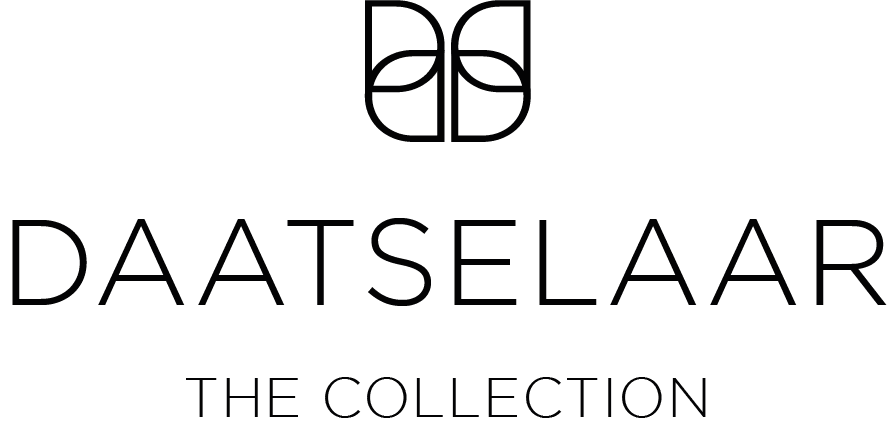
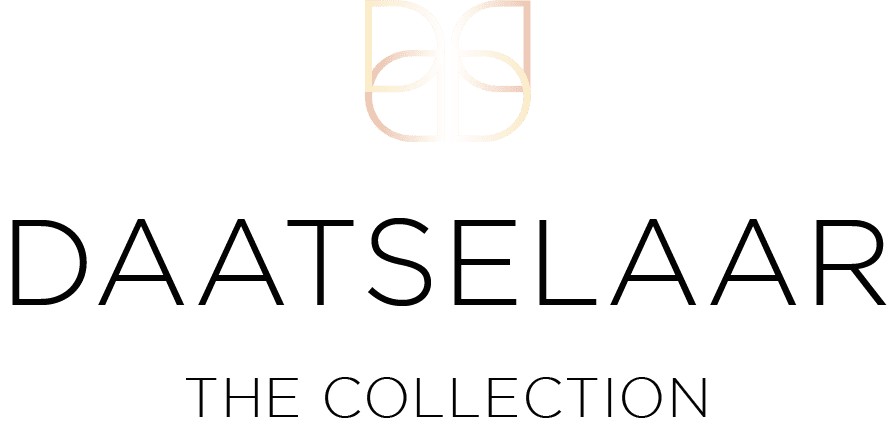
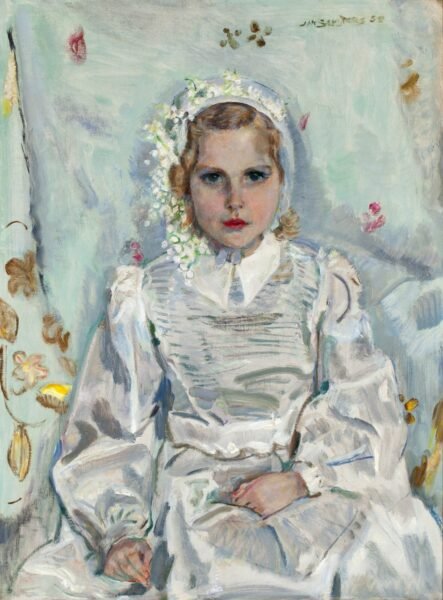

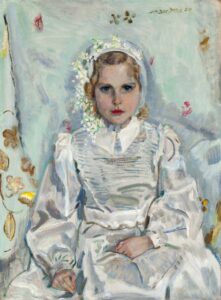
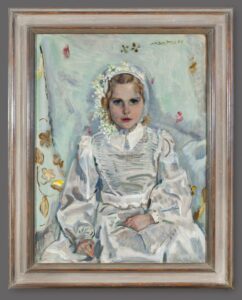
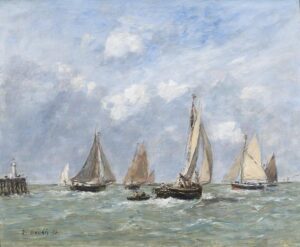
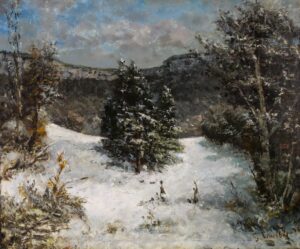


Reviews
There are no reviews yet.